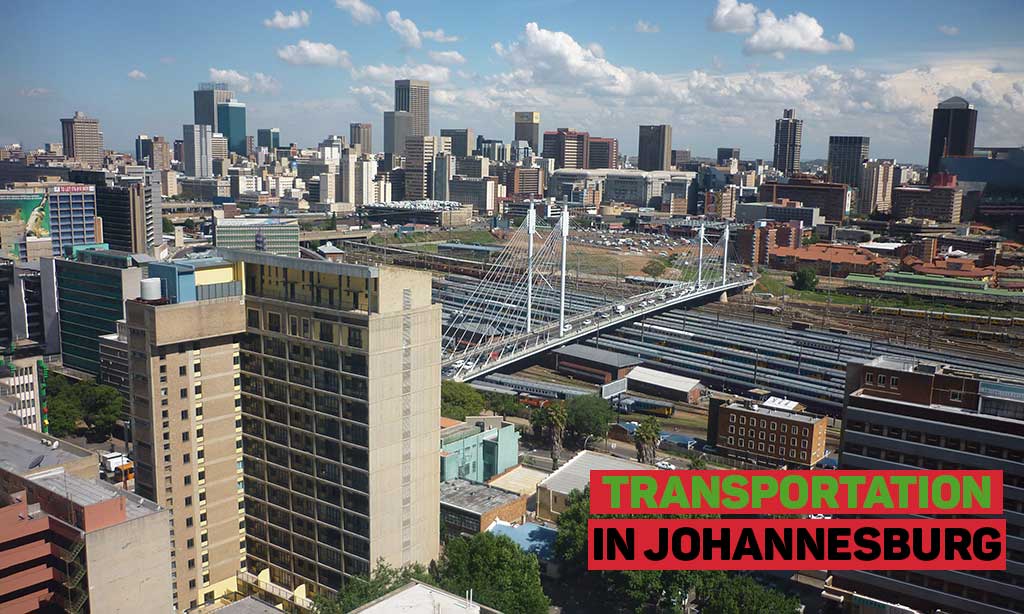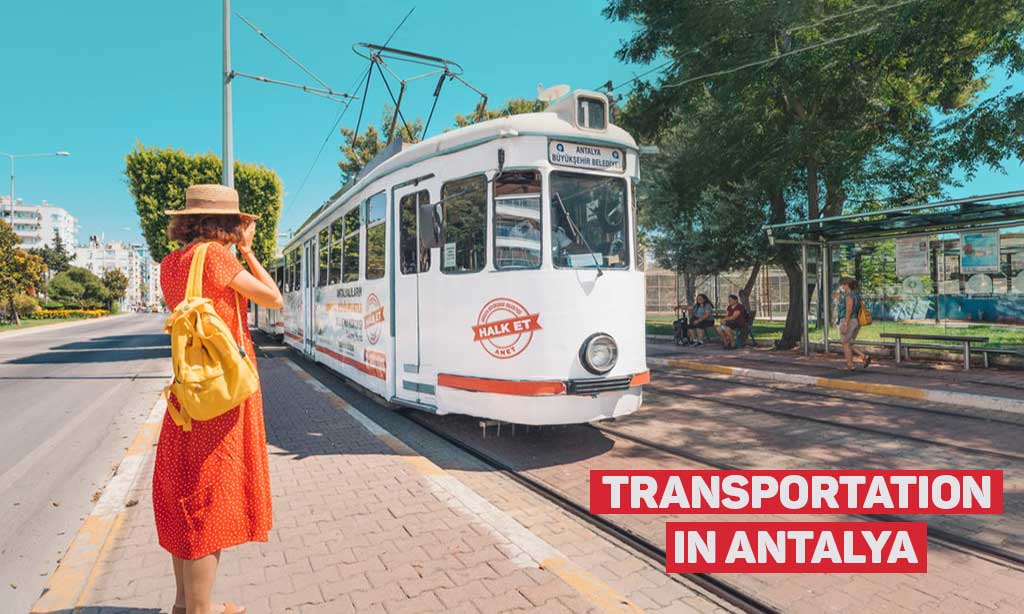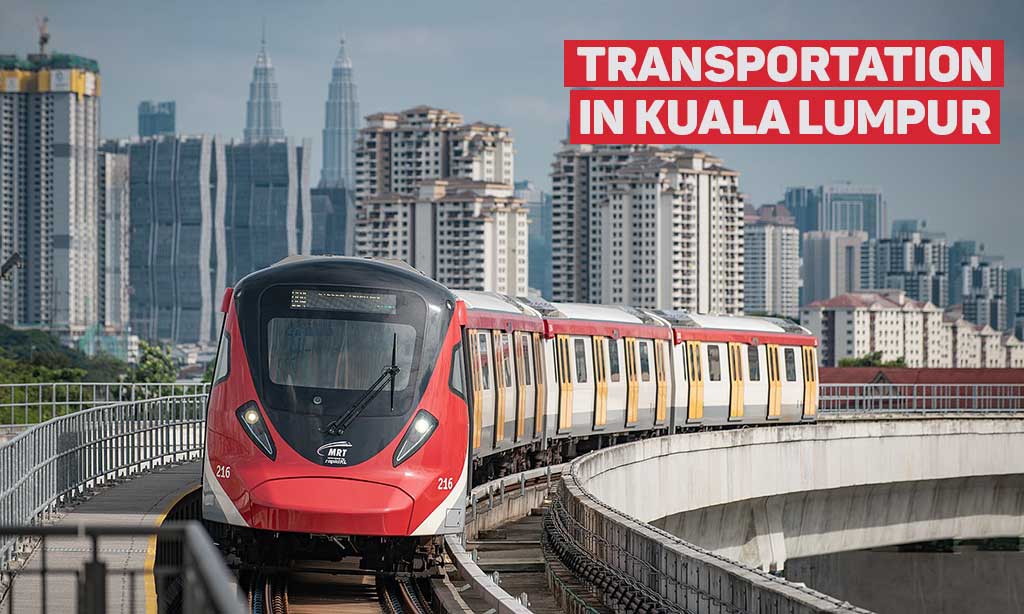1. Overview: Public Transportation Oslo, the capital city of Norway, boasts a comprehensive transportation infrastructure that includes trains, buses, trams, metro systems, and ferries. The city’s public transport system is coordinated by Ruter AS, which oversees planning, pricing, and management. With a compact city center, many areas are easily navigable on foot. However, for areas spread out or for specific tourist attractions outside the central region, the public transport system is invaluable.
2. Major Transport Operators:
- Rail: Oslo’s rail transport includes the Oslo Metro (T-bane) and several commuter lines. The metro system, known as the T-Bane, covers the entire city with five lines converging through a shared tunnel in the city center. The metro is operated by Sporveien. There’s also a local line connecting Oslo to the main airport, providing a cheaper and slightly longer alternative to the Airport Express Train.
- Buses: Oslo has a mix of local (red) and regional (green) buses. The local buses connect all areas not served by other transport forms, while the regional buses travel further afield, starting and ending at the Oslo bus terminal.
- Tram: The tram system in Oslo, known as “trikk,” is an older mode of transport but essential for many residential parts of the city. It connects several tourist destinations, including Vigeland Sculpture Park, Aker Brygge, and Grünerløkka.
- Ferry / Boat: Oslo offers local ferries servicing the Oslofjord, with major operators being Bygdøyfergene, Nesoddbåtene, and Oslo-Fergene. These ferries are part of the public transport system and are included in the ticketing system managed by Ruter.
3. Table: Transportation Systems:
| Transportation | Operator Name | Website URL |
|---|---|---|
| Metro | Sporveien | Link |
| Tram | Sporveien Trikken | Link |
| Buses | Ruter AS | Link |
| Ferries | Bygdøyfergene, Nesoddbåtene, Oslo-Fergene | Link |
4. Guide on Ticket Purchasing: Tickets for all modes of public transport in Oslo can be purchased using the Ruter electronic card, available at staffed stations and kiosks like Narvesen and Deli de Luca. This card can store period tickets or credit for single tickets. Alternatively, tickets can be purchased and stored using the mobile app. To validate, touch the card to readers at stations or on the bus/tram. The entire city of Oslo falls into Zone 1, with prices varying based on the ticket type and duration.
5. Major Passenger Airports:
- Oslo Gardermoen Airport: Located 35 km northeast of Oslo, it’s Norway’s primary airport with domestic and international flights. It serves as a hub for Scandinavian Airlines, Widerøe, and Norwegian Air Shuttle. The Flytoget rail link connects the airport to the city.
- Sandefjord Airport: Located 110 km south of Oslo, it’s primarily used by the low-cost airline Wizz Air.
6. Driving Information: Oslo promotes the use of electric vehicles, with 41% of all registered cars being electric. The city offers incentives like cheaper tolls, no vehicle import tax, free parking, and access to bus lanes for electric vehicles.
7. Renting a Car: While Oslo has an efficient public transport system, renting a car can be useful for exploring areas outside the city or for specific needs. However, be aware of toll rings and the city’s push towards electric vehicles.
8. Cycling Facilities: Oslo is becoming increasingly bike-friendly. Dedicated bike lanes, bike-sharing programs, and initiatives to promote cycling make it convenient for residents and tourists to use bicycles for commuting and exploring.
9. Walking Facilities: The compact nature of Oslo’s city center makes it pedestrian-friendly. Many attractions, shops, and restaurants are within walking distance, making it a preferred mode of transport for many.





